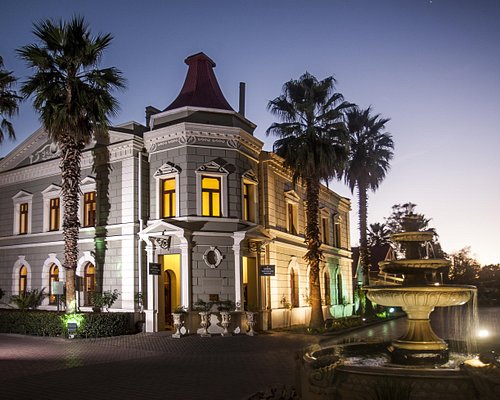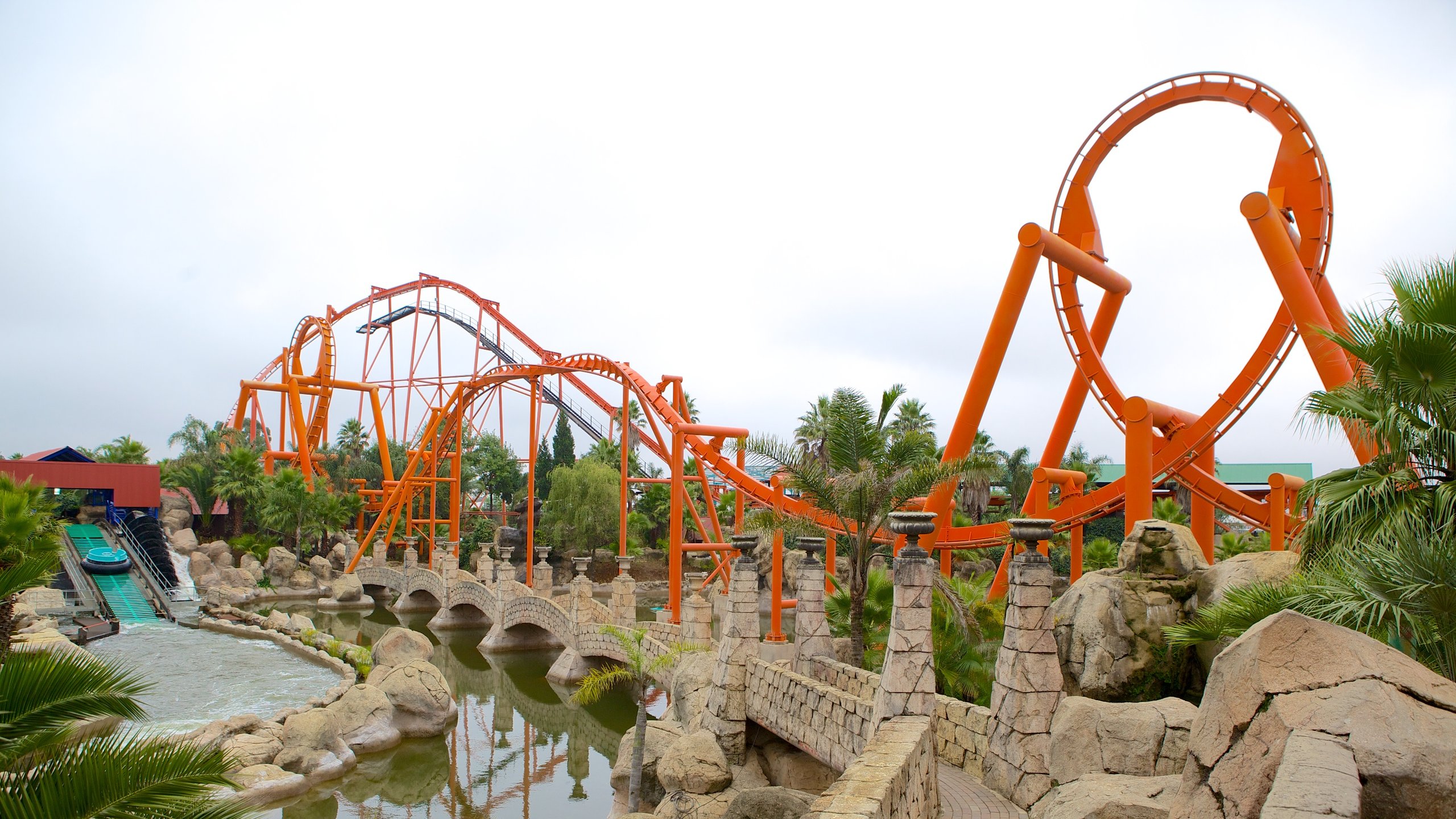The Ultimate Guide To Johannesburg North Attractions
The Ultimate Guide To Johannesburg North Attractions
Blog Article
About Johannesburg North Attractions
Table of ContentsJohannesburg North Attractions Fundamentals ExplainedWhat Does Johannesburg North Attractions Do?Getting The Johannesburg North Attractions To WorkThings about Johannesburg North Attractions8 Easy Facts About Johannesburg North Attractions ExplainedAn Unbiased View of Johannesburg North Attractions
The city owes its place to the visibility of a much more valuable source: gold. The city expanded on the side of the Witwatersrand Key Reef, a below ground stratum of gold-bearing quartz-silica conglomerate that arcs for thousands of miles underneath the Highveld. The majority of the gold mines in the city ceased operation in the 1970s, yet in its day the Witwatersrand gold industry accounted for greater than 40 percent of the world's annual gold manufacturing.Johannesburg has a warm climate. Summertime temperature levels balance about 75 F (24 C); winter season temperature levels average about 55 F (13 C) and just occasionally dip listed below freezing. The city takes pleasure in regarding eight hours of sunlight daily in both winter months and summer. Rain standards regarding 28 inches (700 millimetres) per annum, however the total differs significantly from year to year.
What rainfall the city obtains falls practically exclusively in the summertime, usually in magnificent late-afternoon electrical storms. Air pollution postures a considerable problem, specifically in the cold weather, when thermal inversions restrain the westward flow of air from the Indian Ocean. Contamination is most serious in the densely resolved Black territories on the city's perimeter, where many homeowners still count on coal for gas.

See This Report on Johannesburg North Attractions
The balance of the city is occupied by whites. Accommodation varies in personality and top quality. Soweto is infamous for its unlimited rows of municipally built, two-room matchbox homes, yet it likewise has a few thriving enclaves as well as bristling squatter camps, where 10s of thousands live without water, electricity, or hygiene centers.
Physical growth, although somewhat limited by transportation, proceeded swiftly as immigration to South Africa, and Johannesburg particularly, enhanced significantly. This trouble was resolved in the 1930s when the automobile was introduced in automation to South Africa. Automobiles were, for the many component, constrained to the affluent, and allowed them to transfer to the north of the city and commute right into the centre.
The majority of poor suburban areas were combined, with inadequate blacks and whites living with each other, although the wealthy suburbs were generally scheduled for whites. This transformed with the election of the National Celebration in the 1948 elections, that began to formalise the system referred to as discrimination. Apartheid formally marked which residential areas each race could live in under the Team Locations Act.
The previous system of eleven numbered areas was reorganised in 2006. Marshalltown, as seen from the top of the Carlton Centre. The M1 and M2 run behind the buildings, and the southern residential areas prolong past the highway boundary. The internal city of Johannesburg is situated within the city's Area F. The number of people living in the internal city on a casual basis is unidentified, as many are unlawful immigrants. The joblessness, education and learning, and age profiles of the location are all unknown, due to the problem of acquiring Source reliable information concerning the area.
The smart Trick of Johannesburg North Attractions That Nobody is Discussing
Centred on the CBD, the region consists of the suburbs of Yeoville, Bellevue, Troyeville, Jeppestown, and Berea to the east. To the west it spreads to Pageview (Johannesburg North attractions) and Fordsburg. There are little industrial locations to the south, such as City West-Denver and Benrose. Around 800,000 commuters travel through the internal city on a daily basis, and it functions as a local shopping node for site visitors from the southerly suburbs. Yeoville and Bellevue have a mix of home buildings and single property systems on little lots. The area is situated on a mountainous divide that runs from eastern to west.

Fascination About Johannesburg North Attractions
R. continue reading this Tambo International Flight Terminal). The eastern suburban areas are several of the oldest locations of Johannesburg, there are huge communities of Jewish and various other European histories, most of the population is English talking. There are three golf programs click this along with a number of safeguarded ridges with viewsites. There are numerous well-developed and up-market amusement and purchasing areas in the eastern such as the Eastgate Purchasing Centre and the Greenstone buying centre.
The area is mainly made up of old "matchbox" homes, or four-room houses developed by the federal government, that were constructed to supply low-cost accommodation for black employees throughout racism. Soweto is an abbreviation, representing "South Western Townships". Road after road in this field is lined with matchboxes; nevertheless, there are a couple of smaller sized locations where flourishing Sowetans have actually built houses that are a lot more similar in stature with those in more upscale suburbs.
Hostels are an additional popular physical attribute of Soweto. Originally constructed to house male migrant workers, several have been enhanced as homes for pairs and families. The N1 Western Bypass skirts the eastern border of Soweto. The residential area was not historically enabled to create employment centres within the area, so nearly all of its residents are travelers to various other components of the city.
The 25-Second Trick For Johannesburg North Attractions
The N1 Western Bypass links the northern residential areas with the north-western suburban areas. The houses in the northern suburbs are mostly official, without considerable areas of informal real estate, or housing that does not have an irreversible framework. Although this is an established area, there is a pattern of land usage modification from residential to commercial, particularly along major arterial roadways and around established nodes.
The location is well connected to roadway networks, specifically along the north-south axis developed by the M1 and N1. Roadways to the eastern and west are much less well developed, as there are no freeways travelling in that instructions. Towards the northern boundary of the city, the thickness of development decreases, leaving large areas of untaught land around Midrand.
Some Known Details About Johannesburg North Attractions
, which is situated on a hill neglecting the internal city and Hillbrow.
Report this page